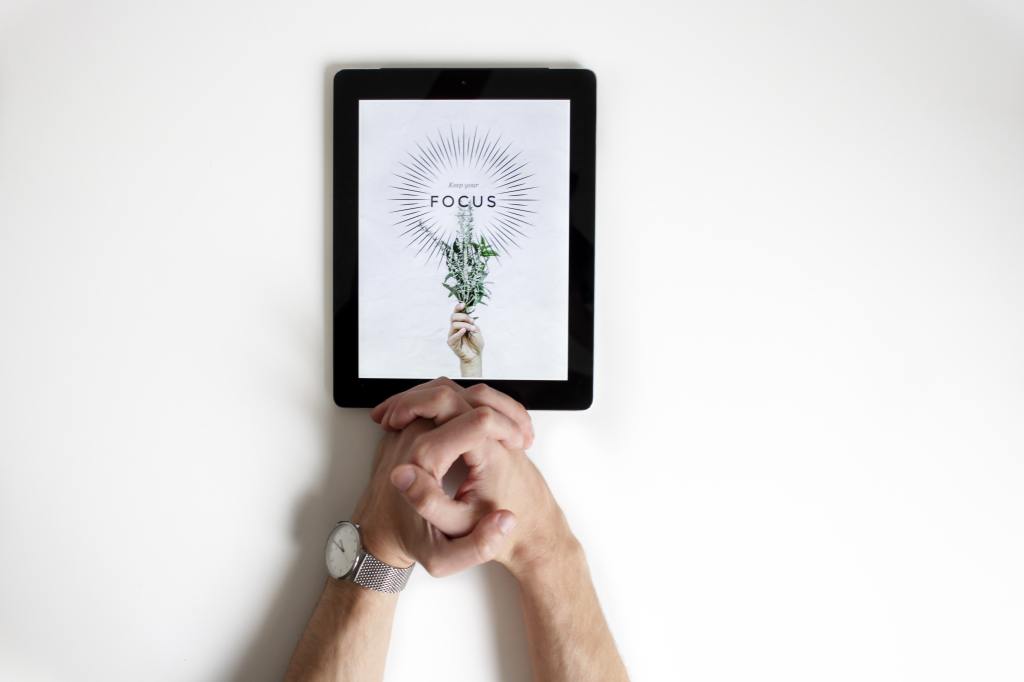From overwhelm to organised life mastery in 5 simple steps
- 0 comments
- by Helena Zachariassen
Already at the beginning of this year I was exhausted, overwhelmed and I felt hugely frustrated that I couldn’t just get it all together. I felt like I worked so hard but it was never enough on any level and yet I was needed everywhere at the same time! Sound familiar? Having two young kids, a business to run, a busy husband, a household to manage incl. cooking lunches and dinners and turning into a taxi driver for the afternoon hobbies…not to forget the constant unrest the global pandemic was and still is adding to the game. No wonder I thought I was about to get burned out.
Well, struggle is part of growing. Accepting all feelings as they were and are, knowing I’m so much more than just those feelings of inadequacy slowly made everything ‘figureoutable’, as Marie Forleo so aptly calls her bestselling book and philosophy. It is a word that makes you realise nothing is impossible — it only takes some time, effort, and sometimes ingenuity, to get things done differently.
“I’m a lost case. I don’t know how to organise my stuff, let alone myself”
Nope. Let’s start with the GOOD NEWS. What if I told you it’s possible to clear the clutter and simplify your life, both on the inside as well as on the outside? Well, it is. Anyone can learn to be organised! Even as a KonMari Consultant & Life Coach I’m still figuring things out myself, so take my word for it. If I can do it, you can do it too.
The next step is all about mindset and intention. Initialising and internalising a mindset change that you have the ability to be organised and you have the tools to overcome any obstacle or overwhelm will make a huge difference. Knowledge and the ability to change is key. When you know what to do, you’ll be a master of your own life in no time. And if you feel or get stuck, I’m just a message away.
1. Spring clear your home and mind
What does it even mean to clear your home and mind? Think of it as a brain dump or download. Write down all the tasks that need to happen in your home and family on a daily and weekly basis. A rough example could look something like this:
Daily tasks
- make beds
- breakfast
- kitchen quick clean up
- load dishwasher
- cooking
- work/homework
- quality time with kids/partner
- logistics, ie. kids, pets
- quick tidy up
- etc.
Weekly tasks
- prep for the week
- meal plan
- quality time with kids/partner
- self care
- admin
- laundry
- grocery shopping
- cleaning
- house/car/sports equipment maintenance
- etc.
In other words, make a clear plan of what is needed in your home and life for your life to function well and for everyone living in that home to feel happy and balanced. It means to have a rough, clear plan of when things need to be taken care of, and by whom, so they don’t pile up and become a daunting task you just want to ignore forever.
2. Say no – design a simplified, minimal & joyful lifestyle
Let go of unnecessary mental clutter and start prioritising YOU by setting clear boundaries. Say no to everything that doesn’t bring you closer to your real and ideal life. I used to say yes to way more than was ever healthy or sane, always trying to help and please others. Keep your energy and precious time to yourself, and don’t let so called energy thieves drain you of what belongs to you.
And remember – say YES to everything you do want and need in order to feel good about yourself and your life! What you will gain is a life filled with peace, calm, gratitude, joy and time for the things that truly matter to you.
3. Simplify and organise your entrance
Our entrance is our business card to the world – and when it’s filled with visual clutter it drains our energy and increases our stress levels. It’s the first thing you (and any potential visitor) see each time you return home and each time you leave. It’s an important space that should make you feel welcome and relaxed every time. Make sure to only keep essential, frequently used items in the entrance area and that each family member has a designated drawer or area for his/her own things to keep everything manageable. And don’t forget the area around the front door – a tidy space and a seasonal flower or a wreath creates an instant mood booster.
A tidy, clutter free, organised entrance area makes daily life simple and effortless. It creates a beautiful, welcoming gateway to your most
intimate space – your home.
4. Tidy kitchen tops & paper clutter
The less visual clutter and appliances is out on the kitchen counters, the easier it is to keep the kitchen clean, clear and tidy. Loading the dishwasher or washing the dishes immediately after a meal is equally key to a tidy kitchen.
What does paper have to do with kitchen organisation? Well, I’ve noticed that a lot of people have this undefined paper pile, usually on the kitchen counter. My best tip is to handle any physical mail immediately as it comes in. A lot of it can be recycled instantly. If there is something to action it can be moved to an admin folder to be dealt with weekly.
5. Tame the daily mess in just 10 minutes
After dinner, put on some relaxing music and engage your family to tidy up the day for 10 mins only. Anything that has been left out during the day; remote controls, toys, newspapers, home work, clothes… and return all of the items to their homes before heading to bed. It’s a game changer which will set the tone for the next day so you can all start fresh with a tidy mind in a tidy home.

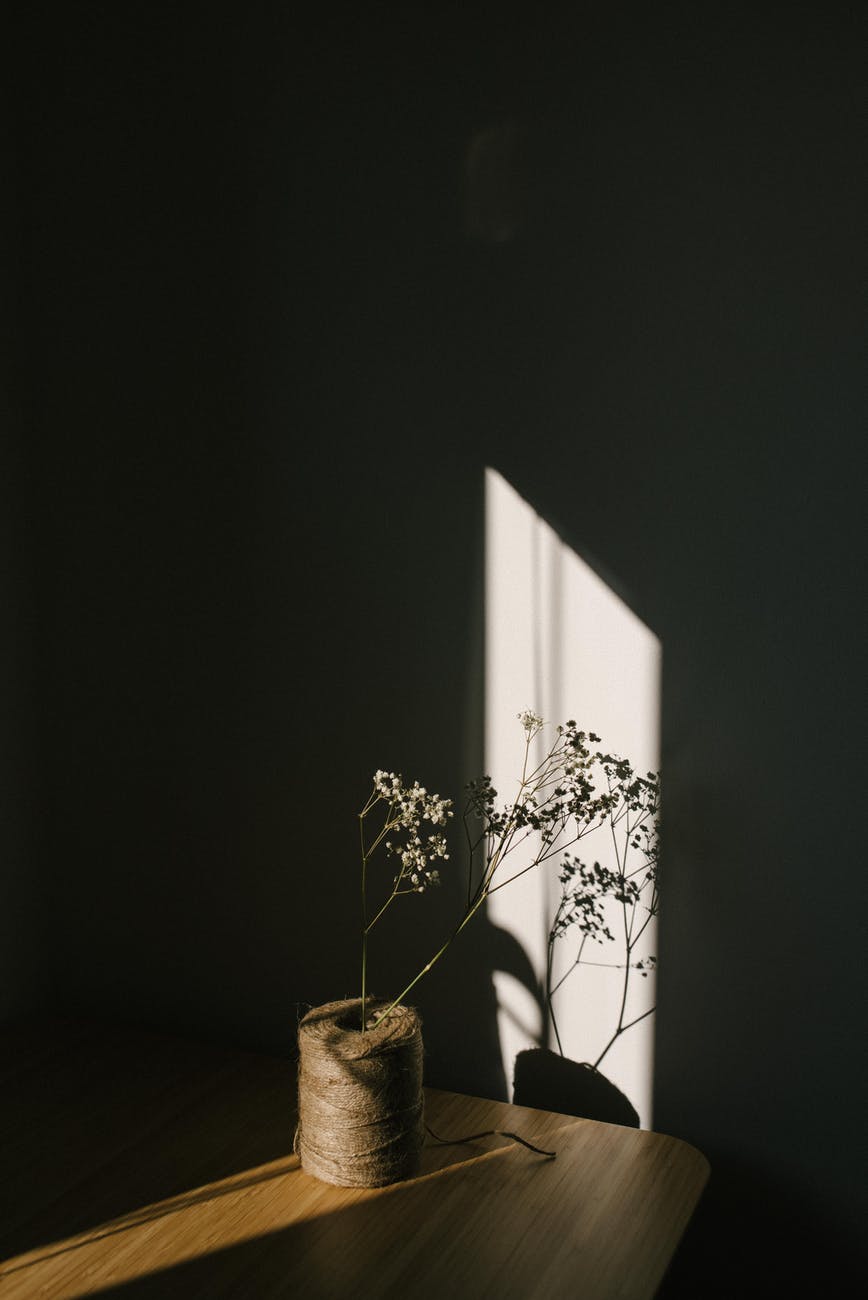
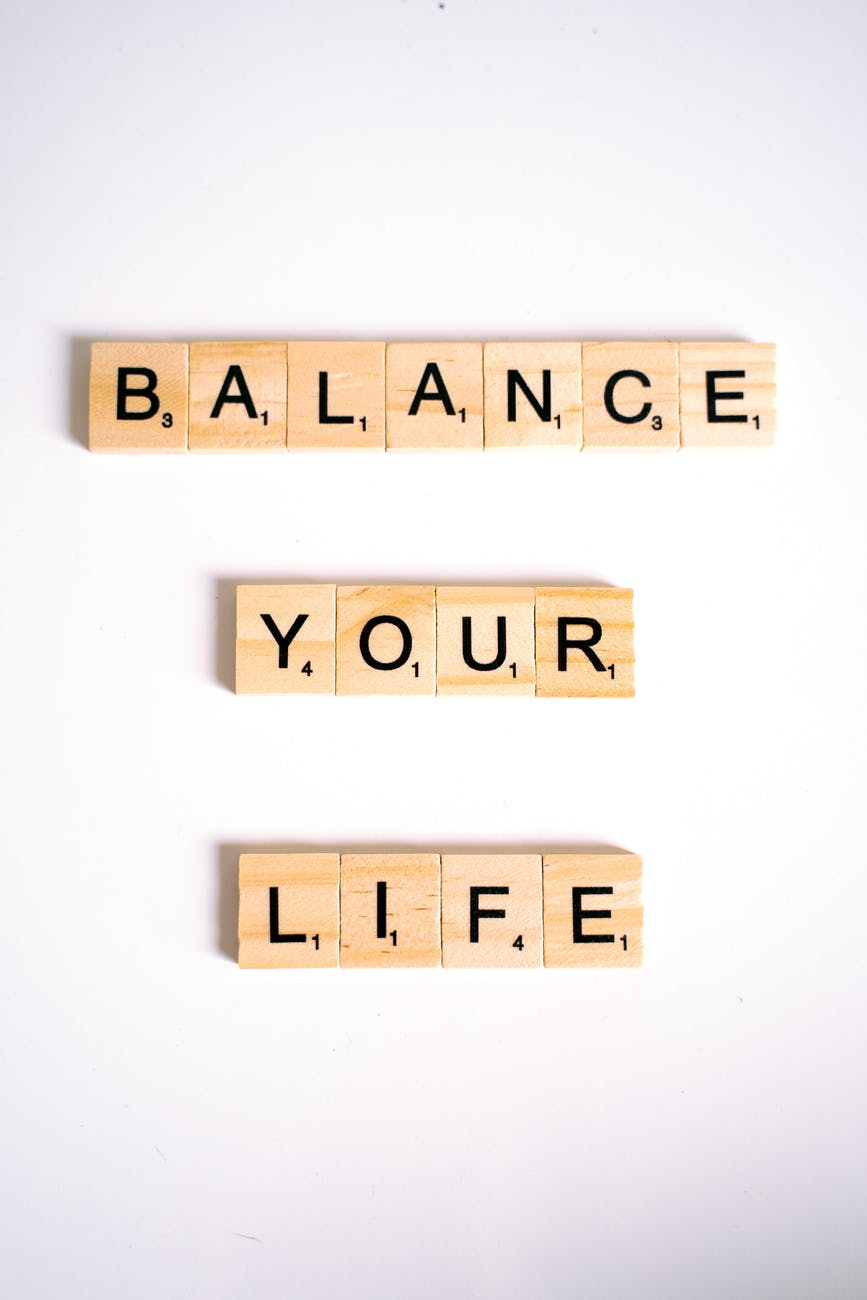

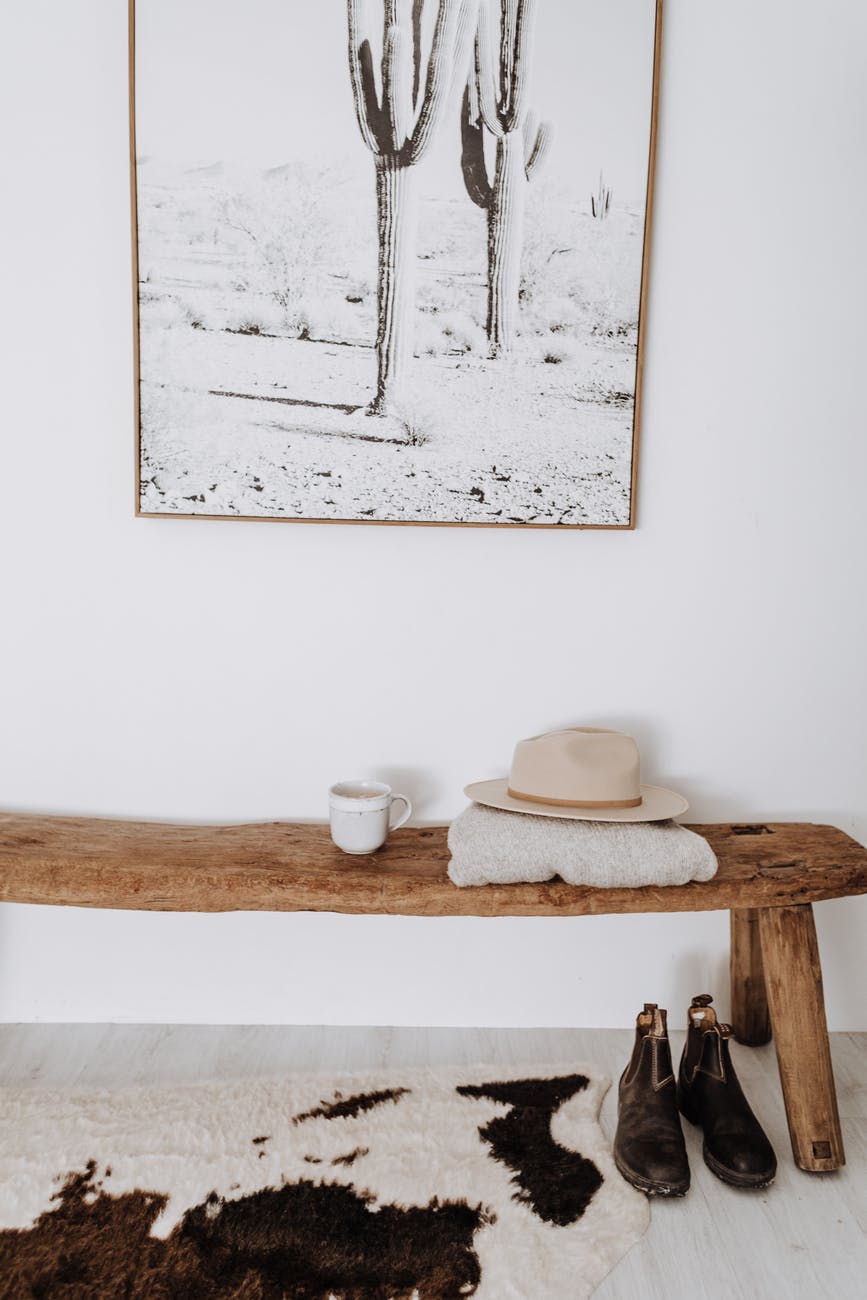
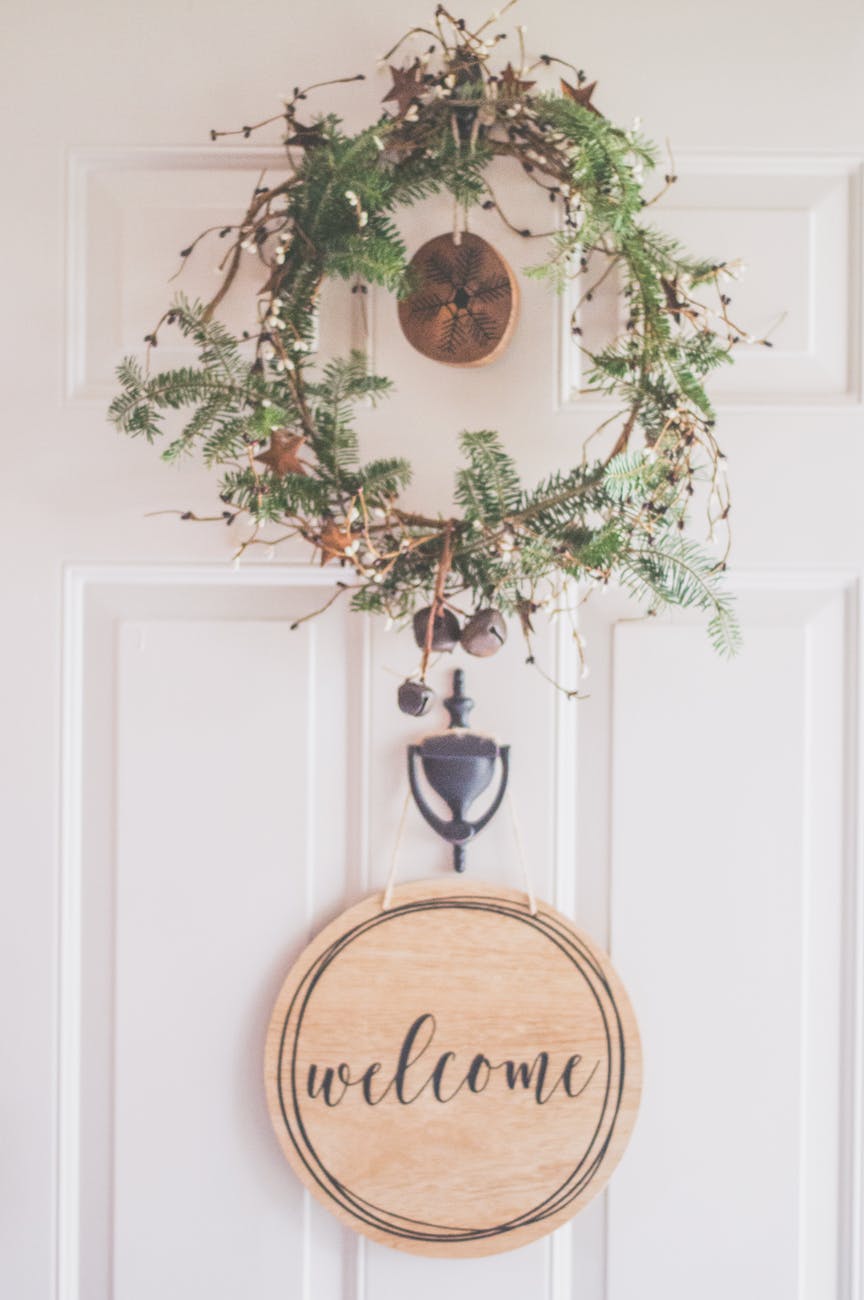
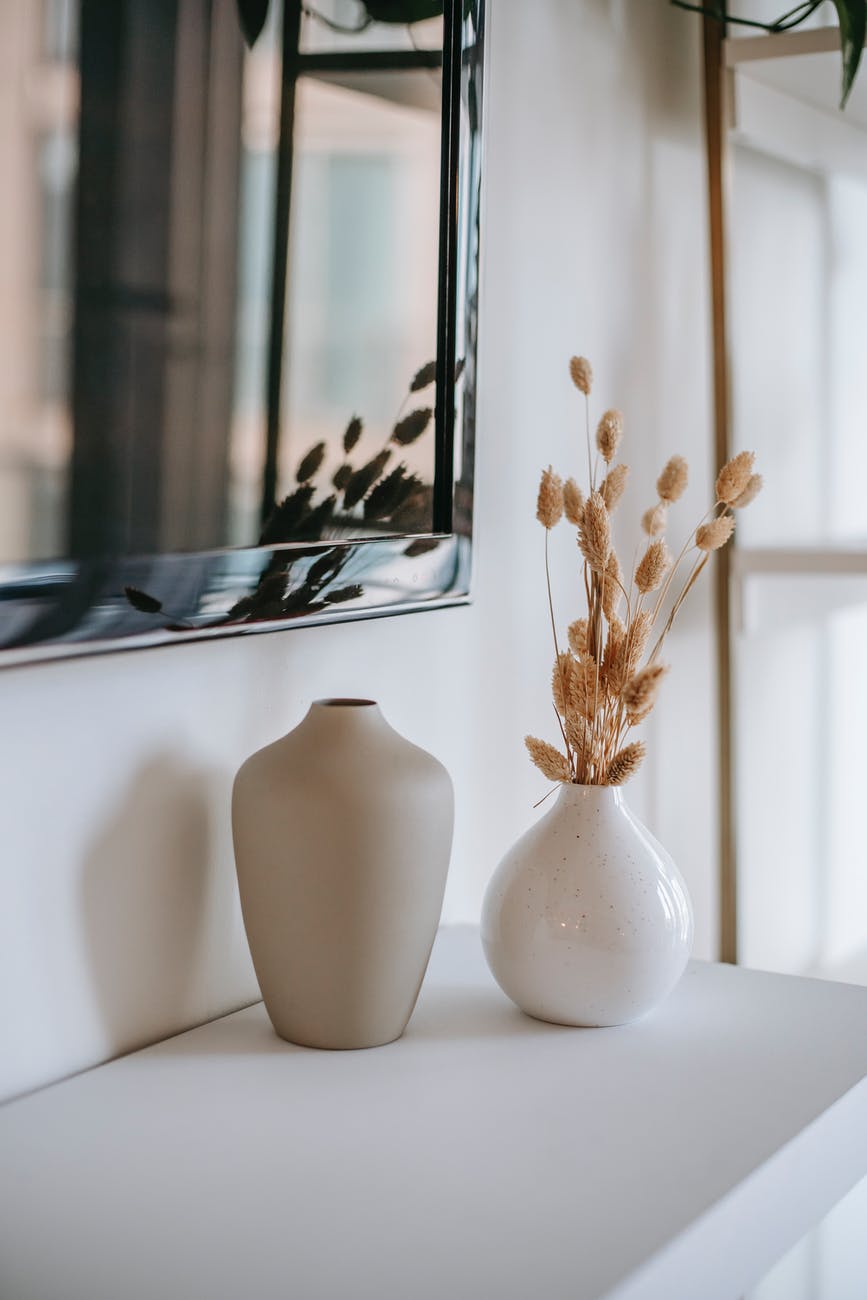
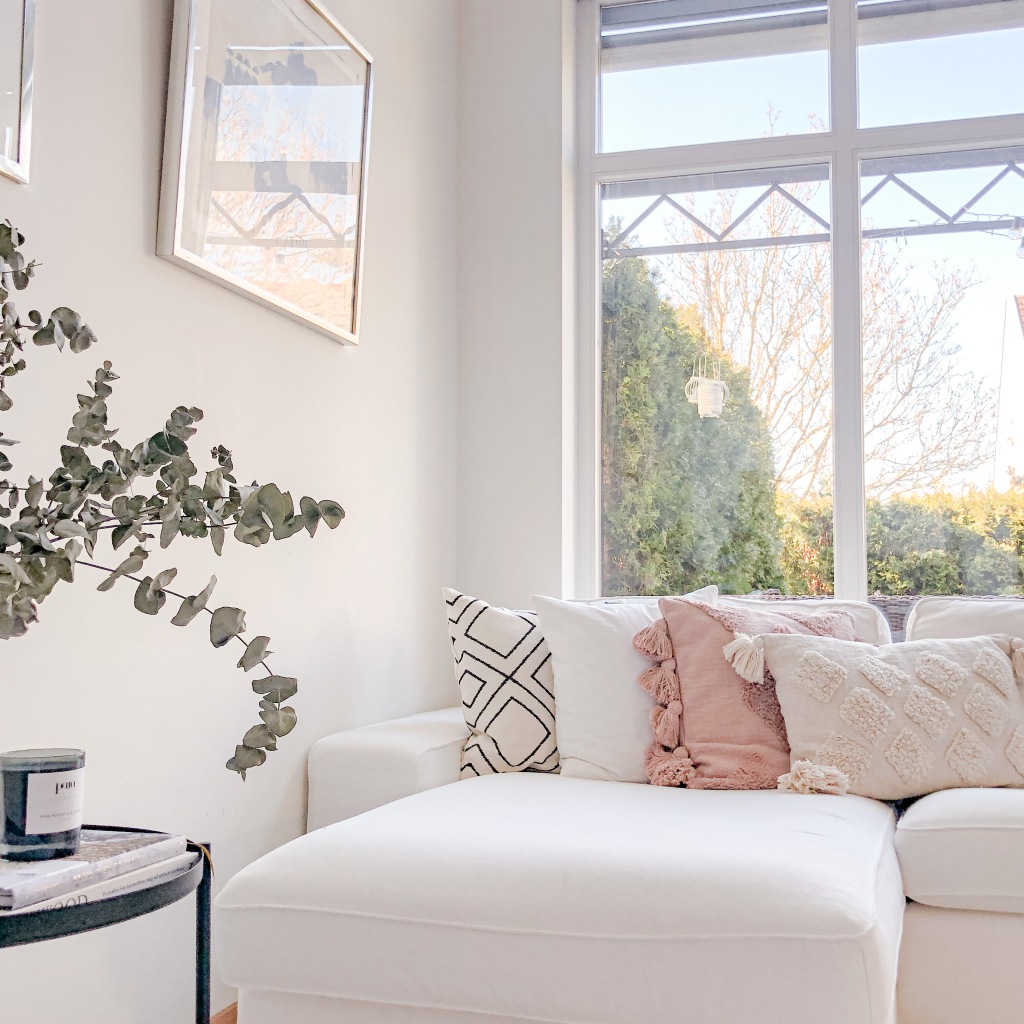
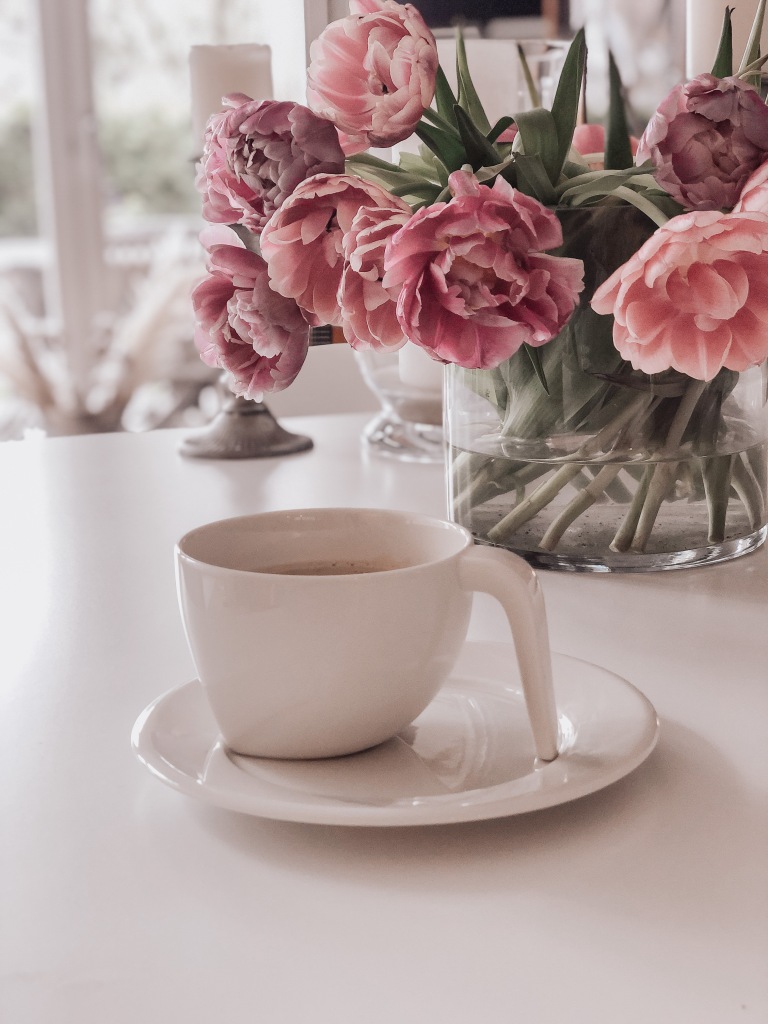

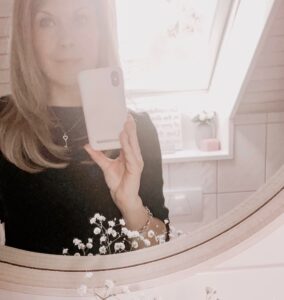
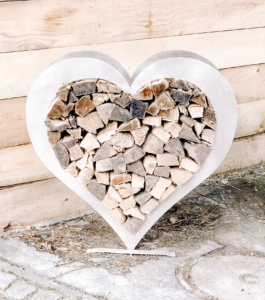
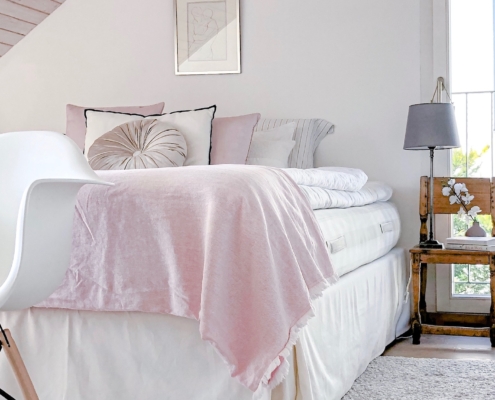
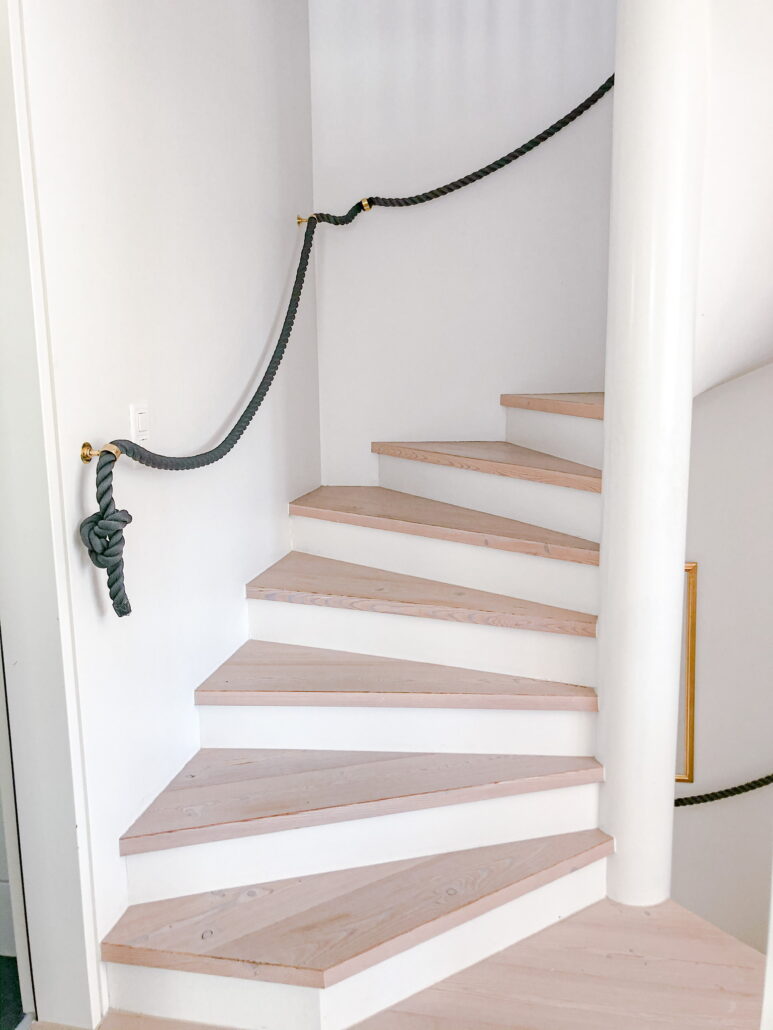
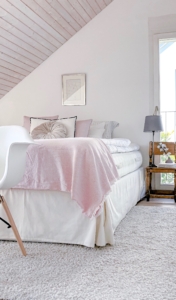

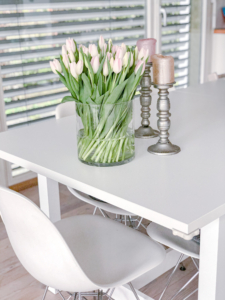
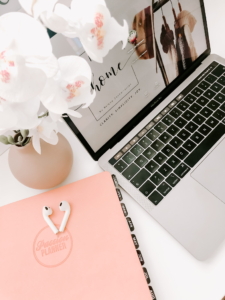



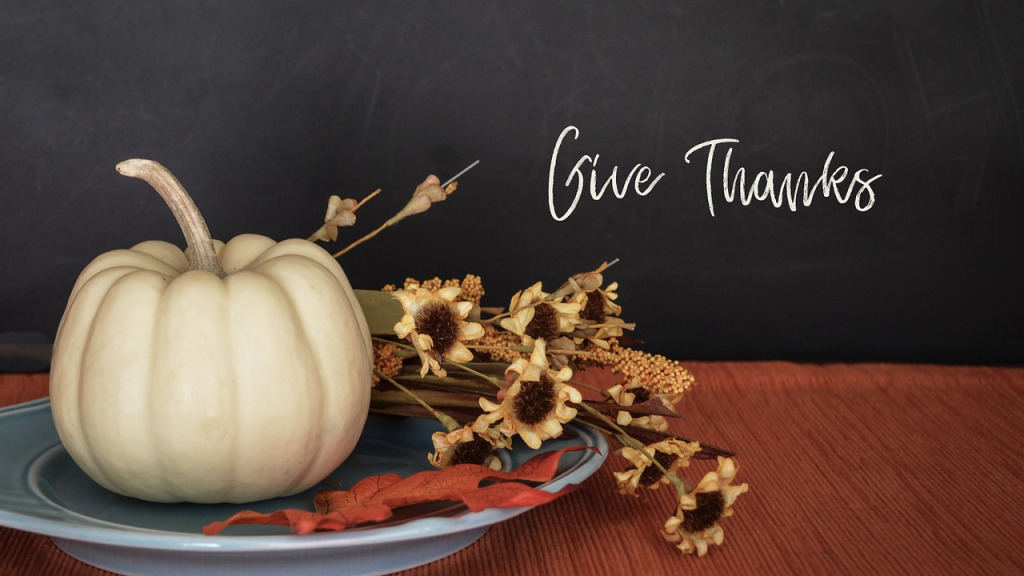
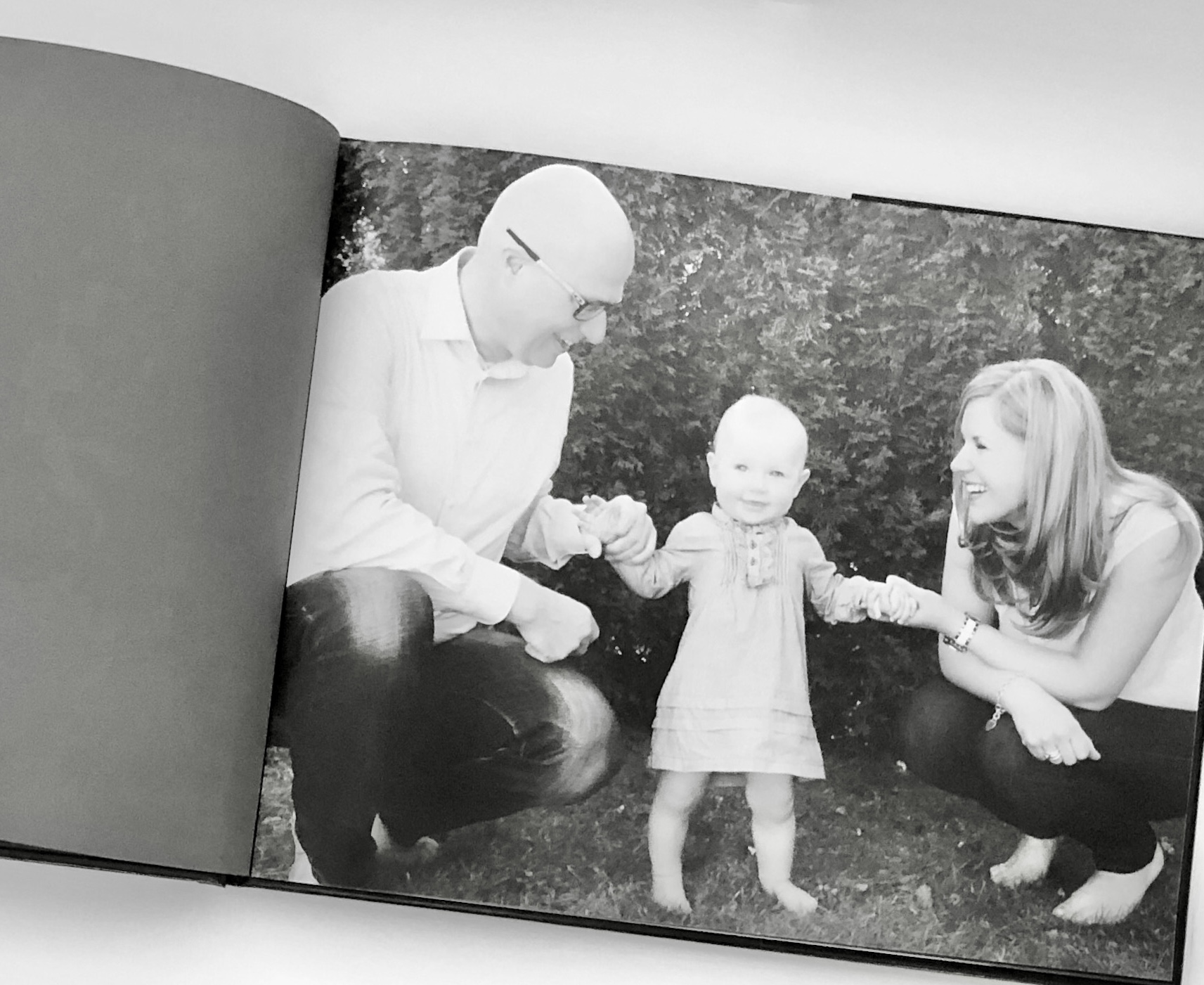

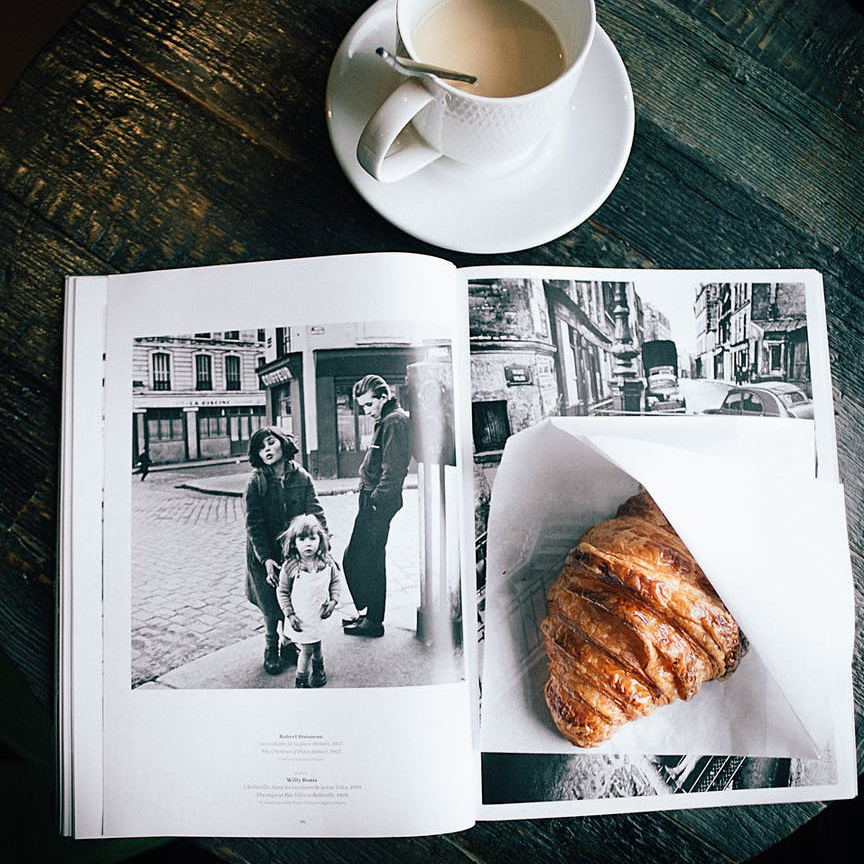
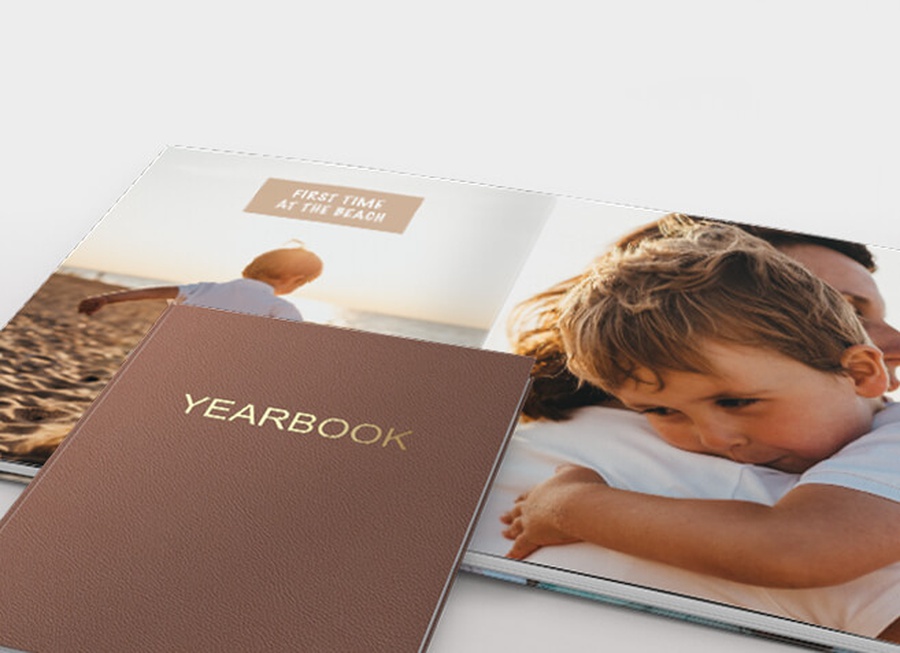
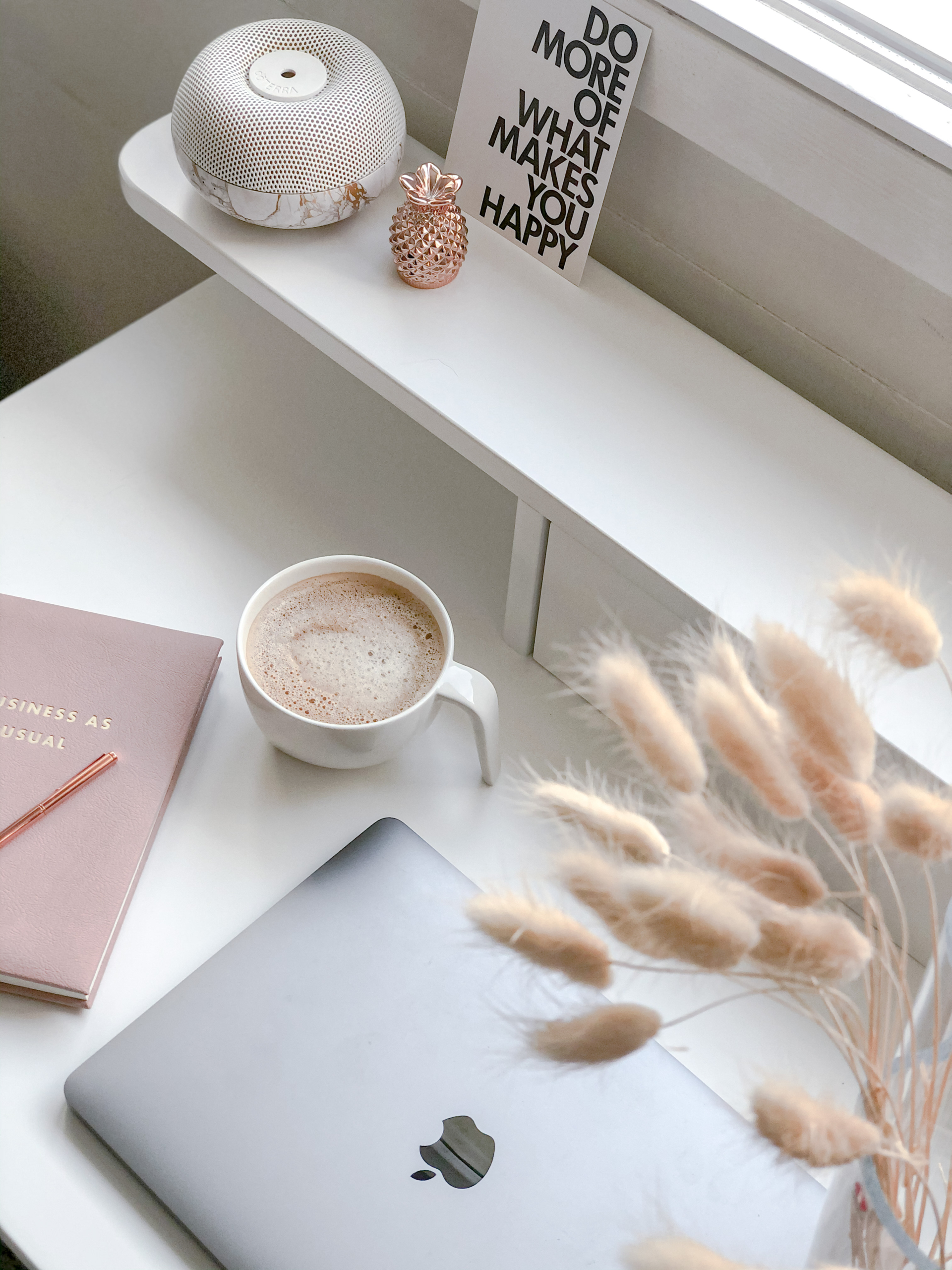
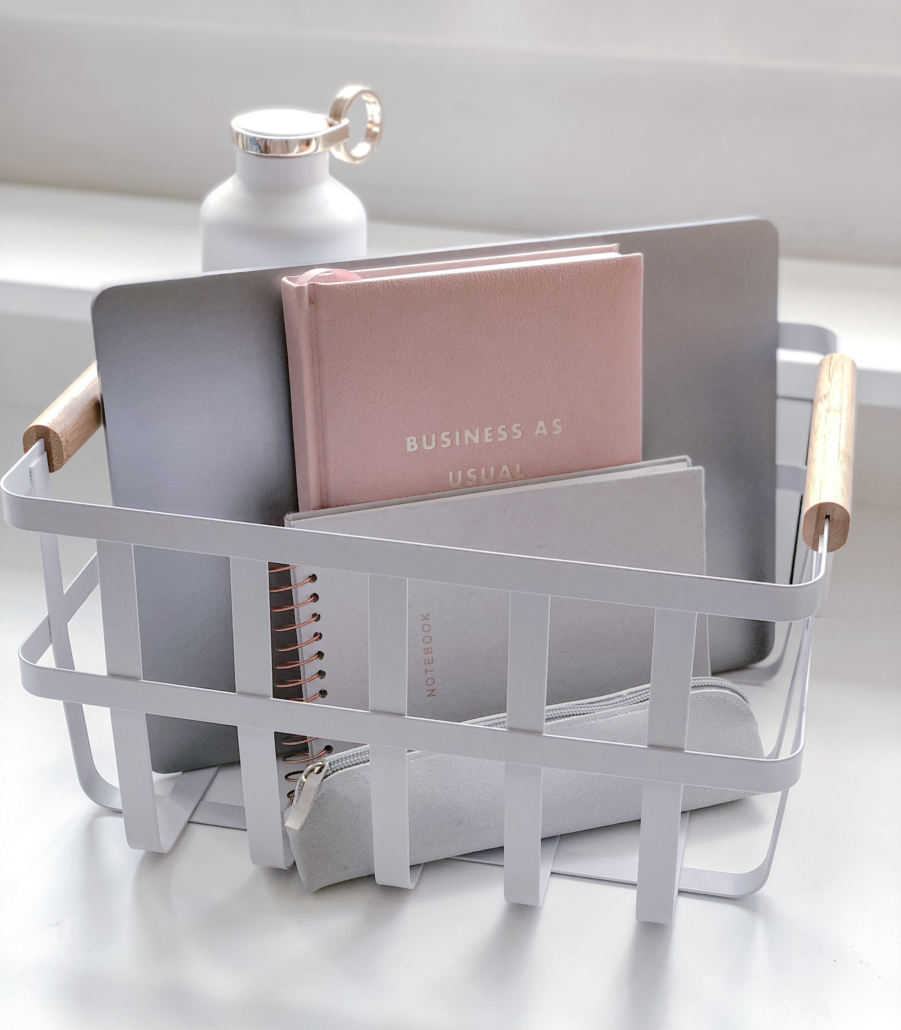
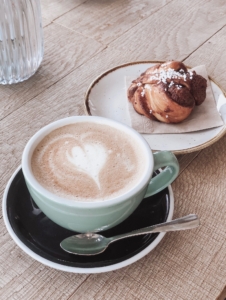



 1. Where do you currently stand?
1. Where do you currently stand? 
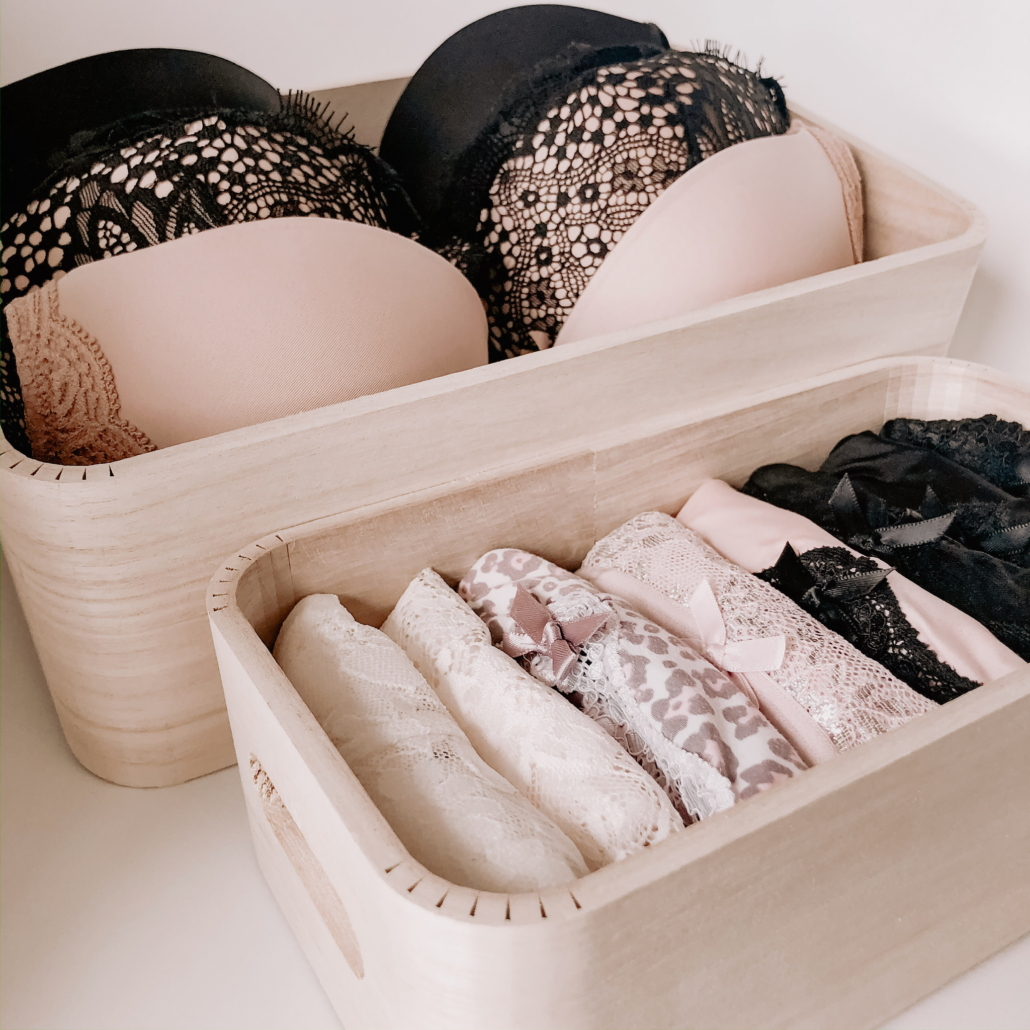 By now you should have chosen all your favourites to keep. If you haven’t tried file folding yet, this is your moment to try. Not necessarily with materials that love to be hung, like thinner blouses, shirts and some nice dresses or business suits, but with most other things. Depending on your wardrobe structure, fold what can be folded and hang the rest. If you have lots of drawers, they are simply made for neat folding. The ultimate goal is to see everything you have with one glance. It saves you a lot of time and energy in the morning when you have a full overview and you’re able to choose only from belongings you simply love.
By now you should have chosen all your favourites to keep. If you haven’t tried file folding yet, this is your moment to try. Not necessarily with materials that love to be hung, like thinner blouses, shirts and some nice dresses or business suits, but with most other things. Depending on your wardrobe structure, fold what can be folded and hang the rest. If you have lots of drawers, they are simply made for neat folding. The ultimate goal is to see everything you have with one glance. It saves you a lot of time and energy in the morning when you have a full overview and you’re able to choose only from belongings you simply love.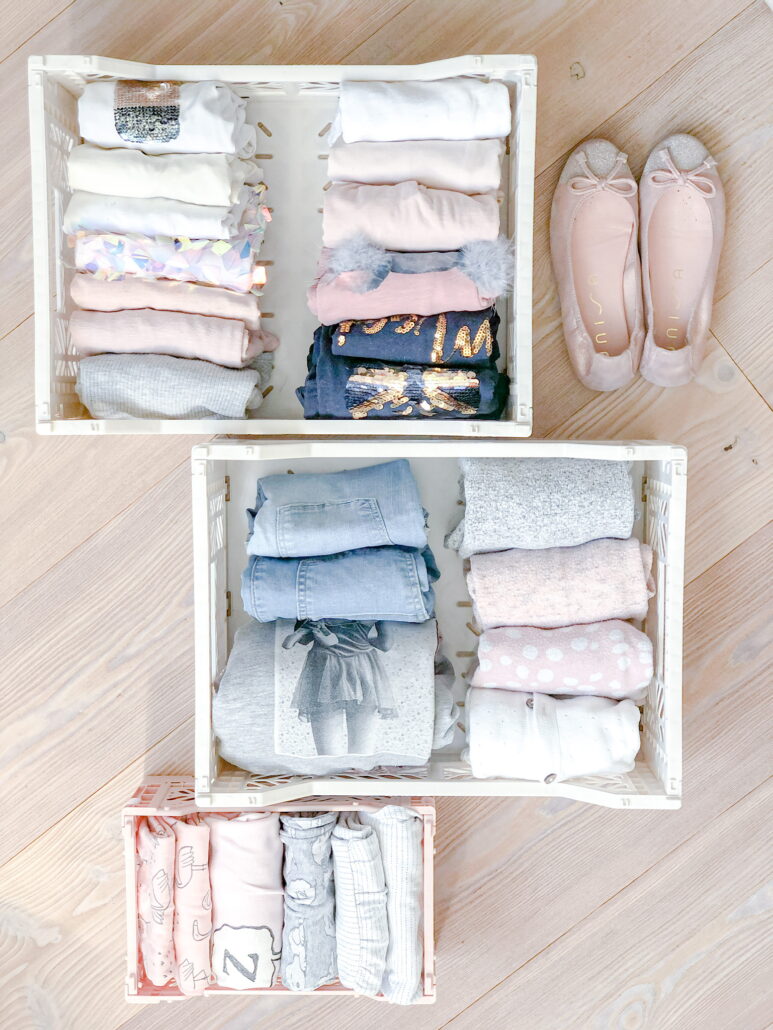

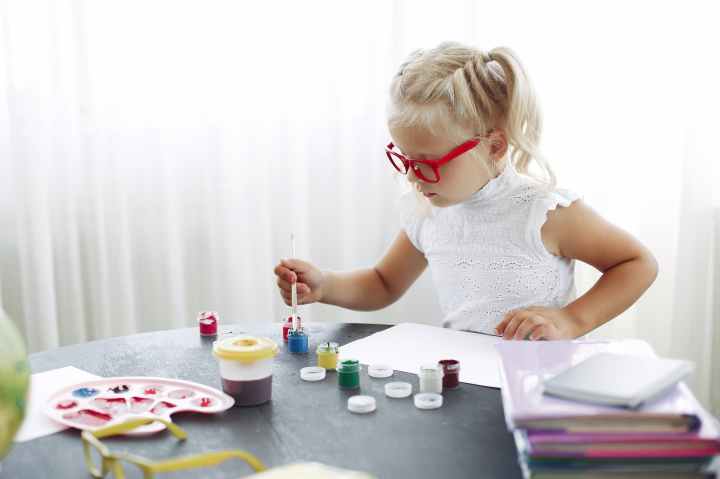
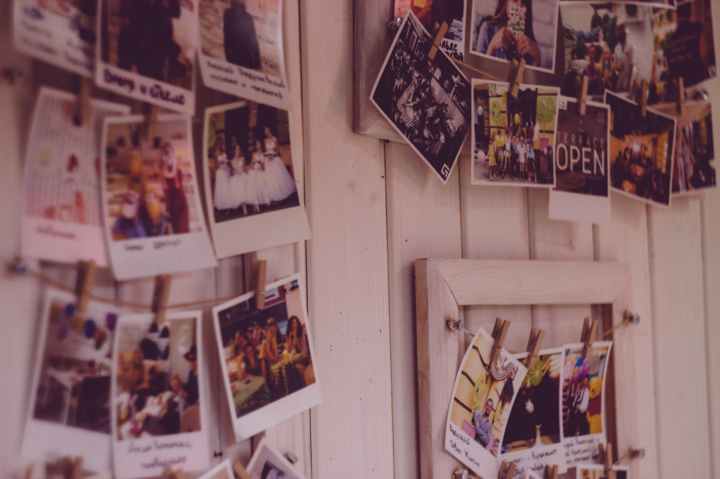
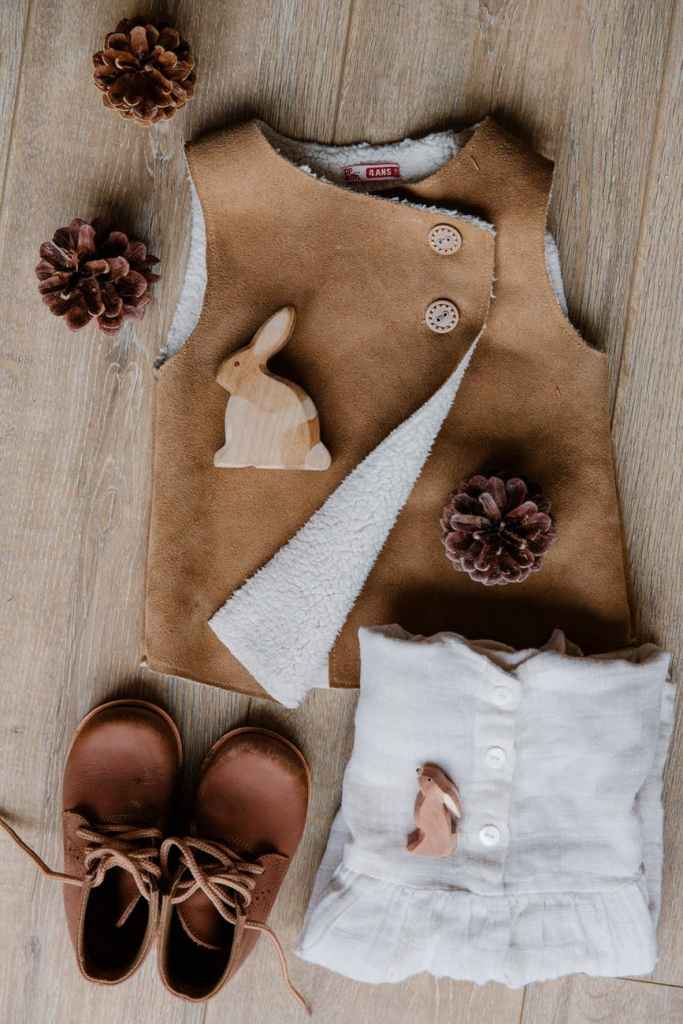 My first and most important tip for working with kids is to create a large enough memory box for each child. This box is only for very special emotional belongings, milestones and memories from their childhood. Examples of items to keep in this box could be a completed baby book, the first shoes, a special occasion dress, their birth certificate, special photos and artwork, a special soft toy etc. You’re the designer and creator of this box.
My first and most important tip for working with kids is to create a large enough memory box for each child. This box is only for very special emotional belongings, milestones and memories from their childhood. Examples of items to keep in this box could be a completed baby book, the first shoes, a special occasion dress, their birth certificate, special photos and artwork, a special soft toy etc. You’re the designer and creator of this box.
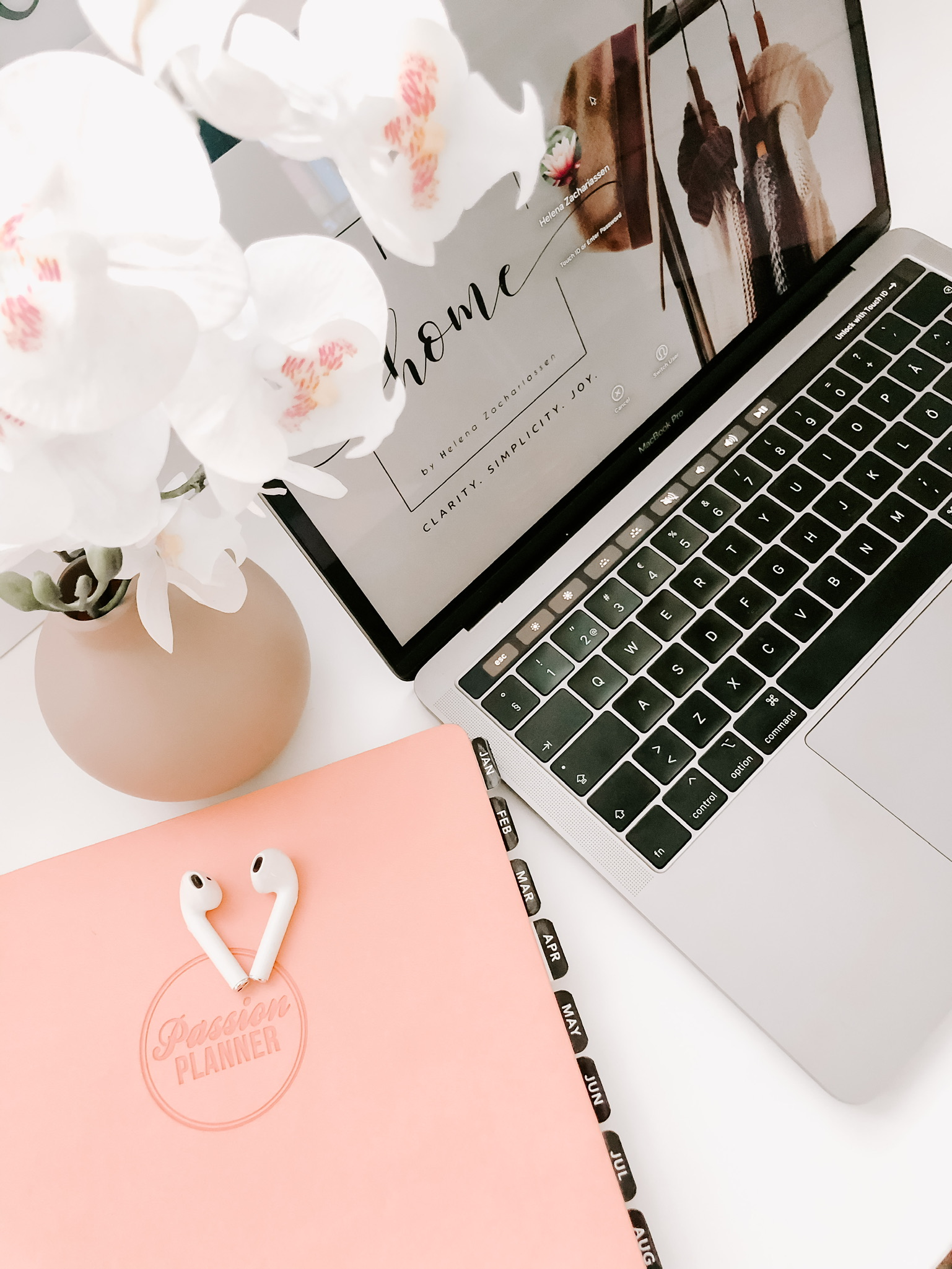
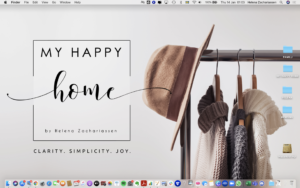 Dear Desktop, you’re not a dump for random files. Simplicity is key – your desktop should make you smile, not cry! First, choose a wallpaper that inspires you! Keep your desktop visually tidy, and make it a useful place for your job: decide which items should be kept there, for example pending items, frequently used apps or inspirational documents or pictures. Once the pending items are done, delete them and enjoy the empty and calm space, inviting new creativity.
Dear Desktop, you’re not a dump for random files. Simplicity is key – your desktop should make you smile, not cry! First, choose a wallpaper that inspires you! Keep your desktop visually tidy, and make it a useful place for your job: decide which items should be kept there, for example pending items, frequently used apps or inspirational documents or pictures. Once the pending items are done, delete them and enjoy the empty and calm space, inviting new creativity. We send and receive way too many emails. Emails are necessary to a certain extent but many of them are usually containing a message growing your to-do list hence creating more stress. Like with the digital documents, firstly decide on the criteria for which emails need to be kept. If you need only an attachment from an email, save it to the appropriate document folder and delete the email. Then the easiest way to get rid of emails is to group or sort them by sender. This way you get a good overview of who’s mainly taking up space in your inbox and you may also delete multiple emails from a particular sender at once or move all messages from a certain sender to a dedicated folder. Once the emails are done you may tackle the existing folders. Again, keep the amount of folders to a minimum (ideally max 10) and use the search function within a folder when looking for a certain message. You might want to consider blocks of email time each day, for example morning and end of day, to allow for full focus on more important tasks in between.
We send and receive way too many emails. Emails are necessary to a certain extent but many of them are usually containing a message growing your to-do list hence creating more stress. Like with the digital documents, firstly decide on the criteria for which emails need to be kept. If you need only an attachment from an email, save it to the appropriate document folder and delete the email. Then the easiest way to get rid of emails is to group or sort them by sender. This way you get a good overview of who’s mainly taking up space in your inbox and you may also delete multiple emails from a particular sender at once or move all messages from a certain sender to a dedicated folder. Once the emails are done you may tackle the existing folders. Again, keep the amount of folders to a minimum (ideally max 10) and use the search function within a folder when looking for a certain message. You might want to consider blocks of email time each day, for example morning and end of day, to allow for full focus on more important tasks in between.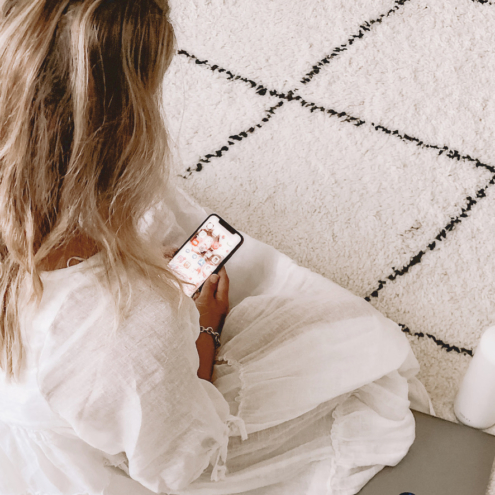 We all know how addictive and distracting smart phones can be. They’re designed to increase productivity (and get us hooked!) but if we get too attached it has the opposite effect. The usage and amount of apps might easily get out of hand unless you have a strict self discipline. The fewer apps the fewer distractions you naturally have. Let’s start by cleaning up all your apps and delete all that you don’t even know what they’re for anymore. Again, make sure you align the criteria for apps to keep with your ideal work style vision. This way you’ll make space for those important apps that are needed in your profession and truly spark joy for you! Now it’s time to organise your screen. Divide your apps into simple categories and make separate folders for these categories so you can have a clear overview of your essential apps. Some people like grouping their apps by function, some even by colour, I suggest you always choose the way that works best for you!
We all know how addictive and distracting smart phones can be. They’re designed to increase productivity (and get us hooked!) but if we get too attached it has the opposite effect. The usage and amount of apps might easily get out of hand unless you have a strict self discipline. The fewer apps the fewer distractions you naturally have. Let’s start by cleaning up all your apps and delete all that you don’t even know what they’re for anymore. Again, make sure you align the criteria for apps to keep with your ideal work style vision. This way you’ll make space for those important apps that are needed in your profession and truly spark joy for you! Now it’s time to organise your screen. Divide your apps into simple categories and make separate folders for these categories so you can have a clear overview of your essential apps. Some people like grouping their apps by function, some even by colour, I suggest you always choose the way that works best for you!